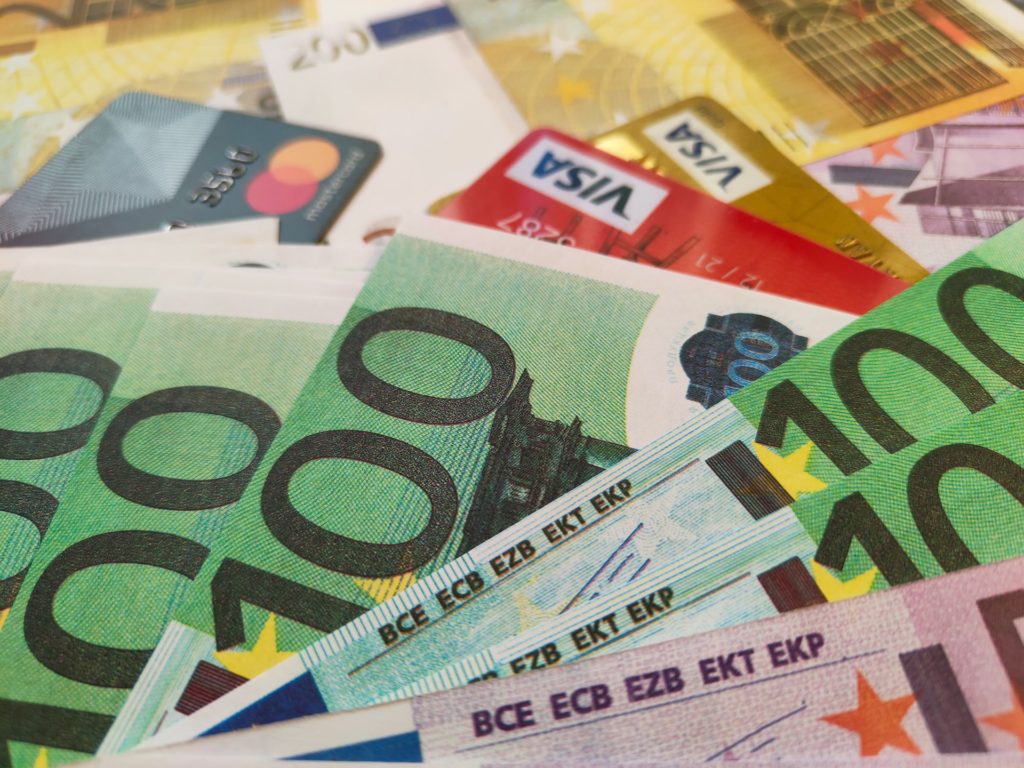Cover photo by Jon Tyson on Unsplash
Today’s Focus of Attention is reader-supported. We sometimes include products we think are useful for our readers. If you buy through links on this page, we may earn a small commission.

For many of us, debt is a reality that can impact our financial stability and, needless to say, our wellbeing. Whether it is a student or car loan, credit card, or mortgage, dealing with debt is daunting and overwhelming.
While credits are useful for financing big purchases, high levels of indebtedness increase stress, limit our ability to save and create our emergency fund, and, of course, endanger our future.
However, with the right strategies, we can shatter the chains of debt, even if the water has reached our necks.
I’m not an expert in the field, but I want to share how I got rid of almost 90% of my financial obligations, from assessing and prioritising debt to planning and staying on track.
Assessing debt

The first thing was to be aware of how much red ink I had. I needed to know what to deal with and face reality.
Dear Lord! Shocking.
Alright then. It was time to analyse my types of debt, because not all belong to the same species. In my case, the immortal credit cards, mortgage, and car loan. Moment had come to prioritise my payments and build my strategy.
Since high-interest debts quickly add up and compound the damage, it seemed like the obvious choice at the time.
Following, I asked myself, “How much can I, realistically, afford to pay for each of my burdens? Do I want to be free and clear as soon as possible, no matter what?”
What came later was a list of my liabilities.
Prioritising debt

Oki doki. Which dragon should be slain, the largest or the smallest?
High-interest first
Slaughtering this enormous beast at the onset would have saved me money, as I wouldn’t be paying more over time because of interest. But this strategy involved taking larger payments, thus affecting my spending plan.
Smaller debt first
Clearing the little one had given quick victories and confidence. Plus, it hadn’t required too much from my monthly budget. The downside was that the gigantic monster would have still been eating away my bank account as it was accruing the highest interest rate.
What did I do?
I started with the smallest, as I didn’t want to be at the limit of my salary.
Slaying that tiniest dragon gave me the drive and momentum to continue with the next one, with only the biggest still alive. But it’s just a matter of time.
This is known as the “Snowball Method.”
Staying on track

I did the following to make my life simpler:
- Automated payments. I found this to be the easiest road to take. My bank app ensured my deposits were made on the dot each month. Plus, I avoided late fees and interest charges.
- Tracked progress. I routinely checked my balances and looked in the rearview mirror to see how far I’d gone.
- No additional debt. Above all, I steered clear of taking a loan to pay off another loan. Only focused on paying my bills and living within my means.
- Increased my income. More than obvious. I found a side hustle and made a few extra bucks to speed up the process.
I didn’t wander off my path. I stuck to my plan.
Conclusion
With these simple techniques, I got rid of roughly 90% of my debts in less than a year.
It was tough at the beginning, but once the flood water receded, I felt inspired to move on. As of now, I only have my mortgage, but I’m not pulling my hair out anymore.
Everything boils down to discipline, an intense desire to be free from the yoke of debt, and not buying anything I couldn’t afford in cash.
I educated myself on finance; read books, watched videos, and took a few classes on the matter. Rich people become rich because they don’t waste their money on useless things.
Plenty of platforms and courses offer training related to financial literacy and investing.
Take control of your expenses and remember, “If you do not need it, do not buy it.”
A good rule of thumb.



Pingback: What’s the difference between Mutual Funds, Index Funds, and ETFs.
Pingback: Mutual Funds, Index Funds, and ETFs - Which one is best?